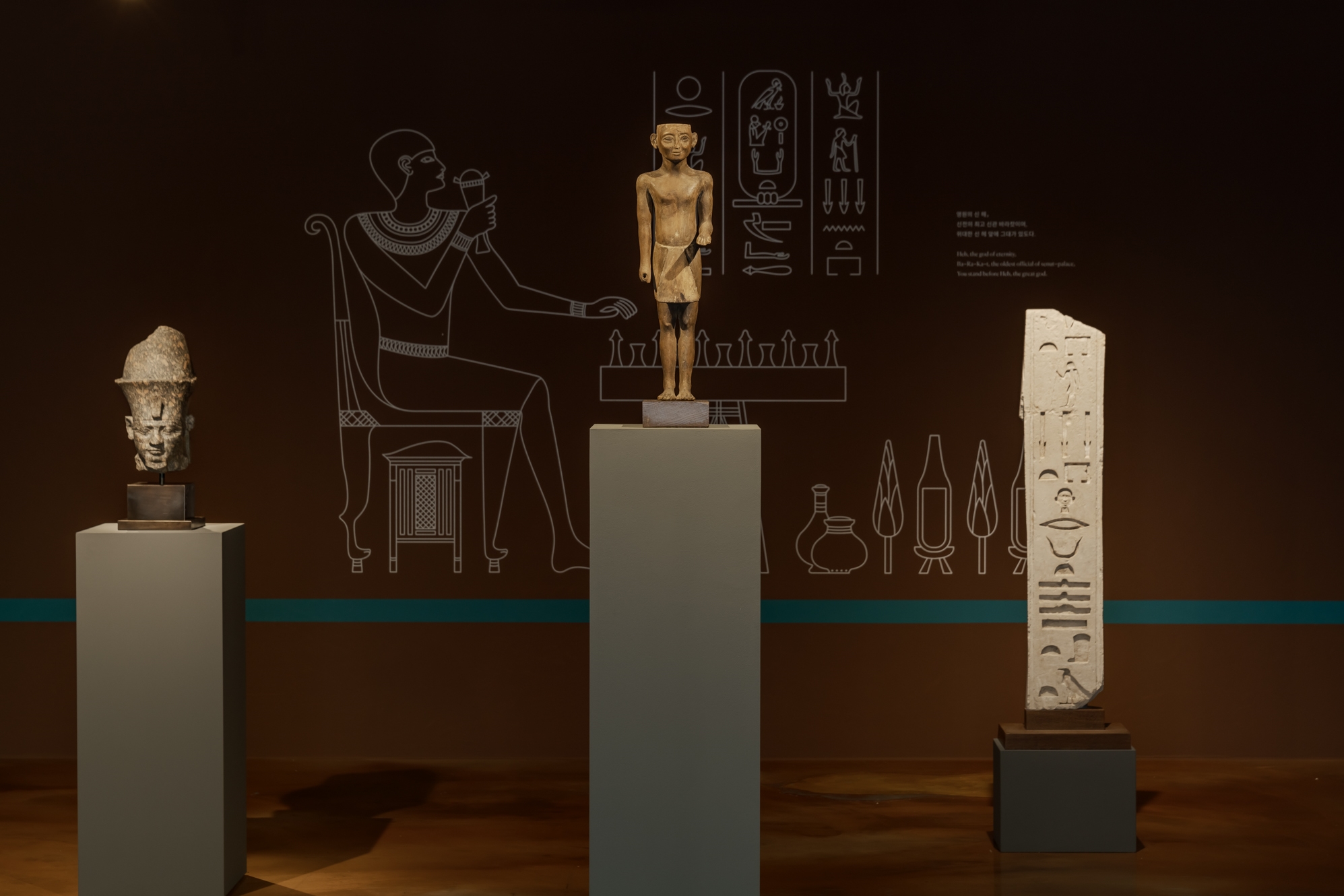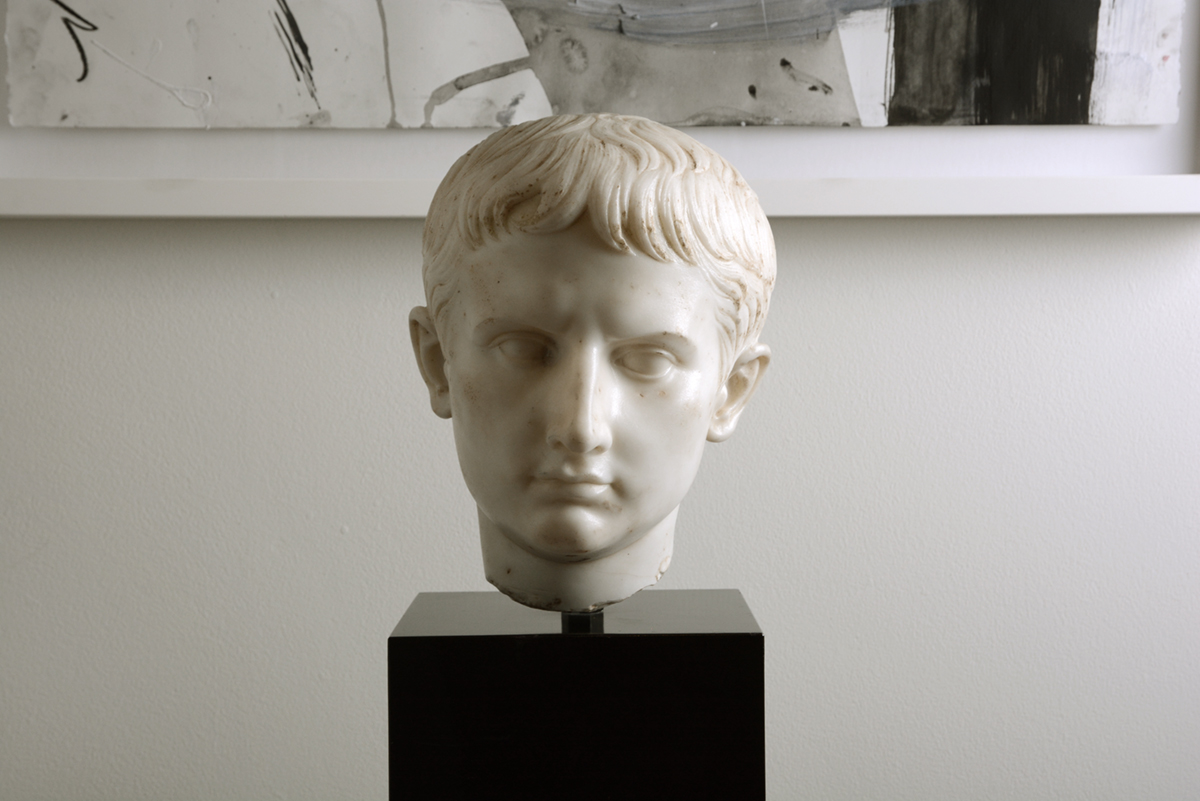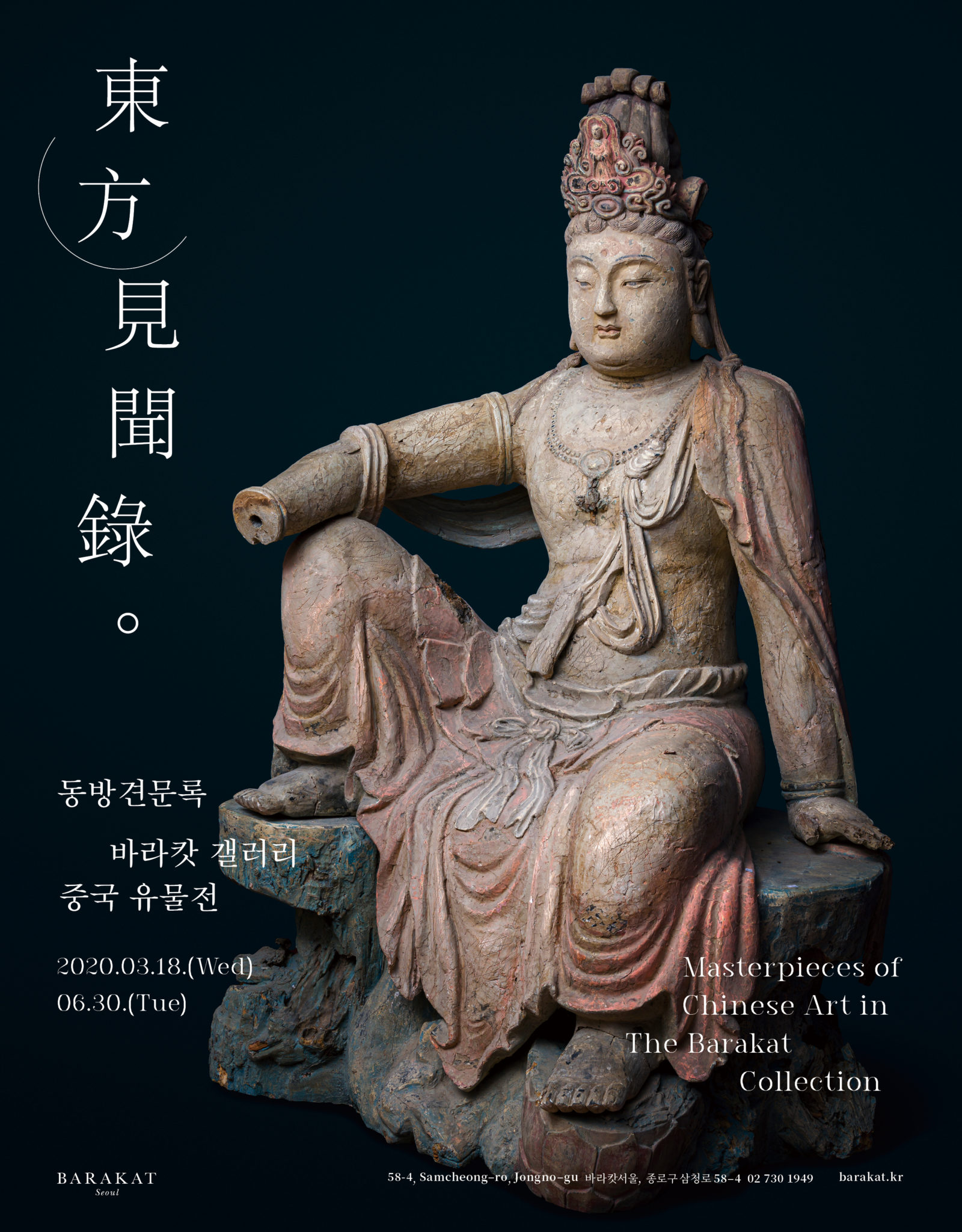The image of shape-shifting suggests that life always eludes stasis; the more genes we discover the more alteration and myriad forms of life are revealed. A mythopoetic acknowledgement of experience with no boundaries, distinctions or forms, the image expresses possibilities, potentials, daemons and shadows, the protean aspect of psychological process. Those who retain this underworld initiation—mystics, shamans, healers, sorcerers, devils, and the mentally ill—inspire both awe and fright as shape-shifting both expresses and threatens the very nature of our being.
– Furst, Peter T. “Shamanism, Transformation, and Olmec Art.” The Olmec World: Ritual and Rulership. Princeton, NJ, and NY. 1995.
‘All animals and cosmic constituents are intensively and virtually persons, because all of them…can reveal themselves to be (transform into) a person. This is not a simple possibility but an ontological potentiality. Personhood and perspectiveness – the capacity to occupy a point of view – is a question of degree, context and position rather than a property distinct to specific species. Certain nonhumans actualise this potential more fully than others, and some…manifest it with a superior intensity than our species and are…’more human than humans’ (see Irving 1960)…the possibility of a previously insignificant being revealing itself (to a dreamer, sick person or shaman) as a prosopomorphic agent capable of affecting human affairs always remains open; where the personhood of being is concerned, ‘personal’ experience is more decisive than whatever cosmological dogma.’
– Eduardo Vivieros de Castro’. “Cannibal Metaphysics.” Univocal Publishing; 1 edition December 1, 2014.
Barakat Gallery West Hollywood is proud to present “The Art of Transformation: Beyond Man/Animal,” an exhibition of transformative artifacts, shamanic power objects, and material manifestations of the supernatural from around the world. Countless cultures from humanity’s past, encompassing and inhabiting virtually every corner of the globe have expressed deep interconnections with the natural and animal worlds… a profound and mysterious sympathy between the zoomorphic and anthropomorphic forms. Chimeric entities, hybrid creatures, mythological beasts, multivalent deities, and wildly complex therianthropes abound. Whether it be the majestic Sphinx of the Greco Roman World, the divine Son God Horus of Egypt, or the menacing Were Jaguar of Mesoamerica ancient cultures were rife with portrayals of the supernatural link between animal and human. Beyond this simple interconnection and extra human mutation, human/animal hybrids often creatively and fantastically combined traits, characteristics, predilections, abilities, and attributes to form wholly new and unimaginable autonomous entities. These entities didn’t just incorporate various facets of the humans or animals depicted but sublimely blended and mixed their physical, psychological, and spiritual components to create beings beyond our ordinary physical reality and mundane natural world. Many of these fantastic creatures occupy a higher order of existence and inhabit a space that is not only strange and mystifying but sacred as well. Shamans, adherents, worshippers, priests, and laymen alike both granted and accessed power to and through these multi dimensional emanations that straddled the line between beast, man, and God. Ever more attuned to the subtle spiritual dimensions and less concerned with carving up discrete quantum layers of real vs. unreal, ancient man gave both merit and life to these fantastical beings, drawing from them inspiration, guidance, protection, assistance, knowledge, and supra human ability amongst many other benefits. While modern day scholars, mythologists, and anthropologists have posited that these elusive boundary dwellers are psychological archetypes—merely ways of expressing our innate dichotomous relationship with the animal side of ourselves from which we evolved—to the mythic, magical mind these actor/activators were extremely important and influential, inhabiting powerful realms and allowing man the rare and unique opportunity to become more human than human. And though these modern thinkers may look back on our past and see these monstrous human//animal hybrids representing rational, civilized man and his continual fight to dominate and subdue the beast within; it is our contention that perhaps ancient man, because of his aforementioned highly attuned sensibilities in respect to the natural world realized many of these “beastly” traits were in fact to be integrated not subdued. And despite the fact that animal nature may often be viewed as brutal or savage, it is also inextricably linked to our roots, to our instincts, to our past, and the ground of our being. It carries with it a deep and profound connection with nature, because in fact it is nature itself, and there is an innate sense of presence which precludes it—one that in many ways surpasses modern thinking man and what he may have lost. In this light, these objects give us a channel with which we can see ancient, mythic man and his attempts to harness and utilize the best aspects of his animal nature—to become one with and transform into a new more wholly balanced supernatural being—in touch with not only his rational thinking side but also his grounded instinctual side. The Barakat Gallery invites you to come and experience these ancient power pieces up close and in the flesh.
Highlights of the exhibition on display include a large and sumptuous pair of Ming Dynasty Glazed Terracotta Architectural Dragon Fish, a monumental Costa Rican stone head of a Jaguar/man, a superb Indonesian basalt sculpture of the Hindu elephant God Ganesh, a very fine early classic Mayan stone Hacha depicting a man emerging from the mouth of a serpent, a beautiful Baule Mbra Cult Monkey Figure, and a splendid Khmer pair of finials in the form of Garuda. Of special note in this exhibition is the Nepalese Wooden Stele of Bhairava (c. 1400 – 1500 A.D). Bhairava (The Wrathful) is one of the more terrifying aspects of Shiva, the Hindu creator god. He is often depicted with frowning, angry eyes and sharp, tiger’s teeth and flaming hair; stark naked except for garlands of skulls and a coiled snake about his neck. Often represented with multiple limbs, he most frequently carries a noose, trident, drum, and skull. He may be understood as a particular manifestation, or emanation of Shiva, or as Shiva displaying himself at a very high level. In some myths, Shiva created Bhairava as an extension of himself, in order to chastise Brahma. Bhairava is the embodiment of fear, and it is said that those who meet him must confront the source of their own fears. Much of that comes from his menacing and frightful appearance as a hybrid deity with the traits of a human, demon, tiger, and snakes all combined into one. His name describes the effect he has upon those who behold him, as it derives from the word “bhiru,” which means to become fearful – of feeling great fear. This wooden sculpture is a perfect representation of Bhairava. Intricately carved by a master sculptor, he has a fierce expression with three bulging round eyes. Stylized flames wrap around his head, also representing his fiery eyebrows and moustache. A hole has been pierced through his mouth in between his sharp fangs. His jewelry is composed of serpents: two coiled snakes represent his earrings while he wears a snake as a necklace. Perhaps even more intimidating is the diadem that crowns his head. A central head of a bodhisattva watches over from above, his peacefulness opposed to the series of skulls entwined with a snake. Represented from his torso up, he forms a mudra with one hand while holding either a drum or a decapitated skull in his other. Bhairava is a vision extracted from our worst nightmare; he plays with our fears and taunts our innermost weaknesses.
The Art of Transformation: Beyond Man/Animal
Ocober 28th 2019 – January 31st 2020
Barakat Gallery West Hollywood
941 N La Cienega Blvd
West Hollywood CA 90069





